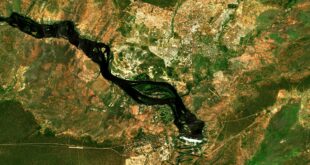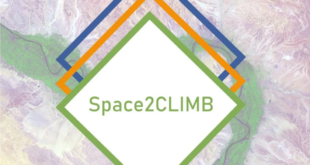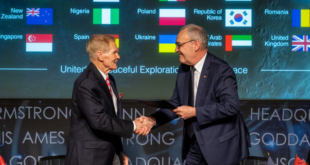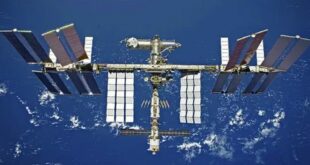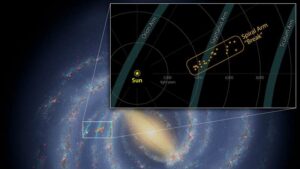
Edinburgh, 20 August 2021. – Scientists discovered a contingent of young stars and star-forming gas clouds sticking out of one of the Milky Way’s spiral arms, NASA’s JPL reports.
The splinter-like feature stretches some 3,000 light-years, and is the first major structure identified with such a different orientation to that of the arm’s. Similar structures are commonly found in the arms of other spiral galaxies but this is the first found in ours.
Astronomers have an idea about the shape and size of the arms of our galaxy but they cannot see the full structure as we are inside it. Scientists therefore, had to focus on a nearby portion of the Sagittarius Arm. Using NASA’s Spitzer Space Telescope, they sought out new-born stars in the gas and dust clouds where they form. Prior to its retirement in January 2020, Spitzer detected infrared light that penetrated those nebulae.
Researchers used the latest data from the ESA’s Gaia mission to measure the precise distances to the stars. The data from the Galactic Legacy Infrared Mid-Plane Survey Extraordinaire (GLIMPSE) survey was also utilised in the study. The combined data revealed that the long, thin structure was moving at nearly the same velocity through space as the Arm.
“Most models of the Milky Way suggest that the Sagittarius Arm forms a spiral that has a pitch angle of about 12 degrees, but the structure we examined really stands out at an angle of nearly 60 degrees,” said Michael Kuhn, an astrophysicist at Caltech and lead author of the paper “A high pitch angle structure in the Sagittarius Arm”. The feature contains four nebulae: the Eagle Nebula (containing the Pillars of Creation), the Omega Nebula, the Trifid Nebula, and the Lagoon Nebula.
 SpaceWatch.Global An independent perspective on space
SpaceWatch.Global An independent perspective on space

